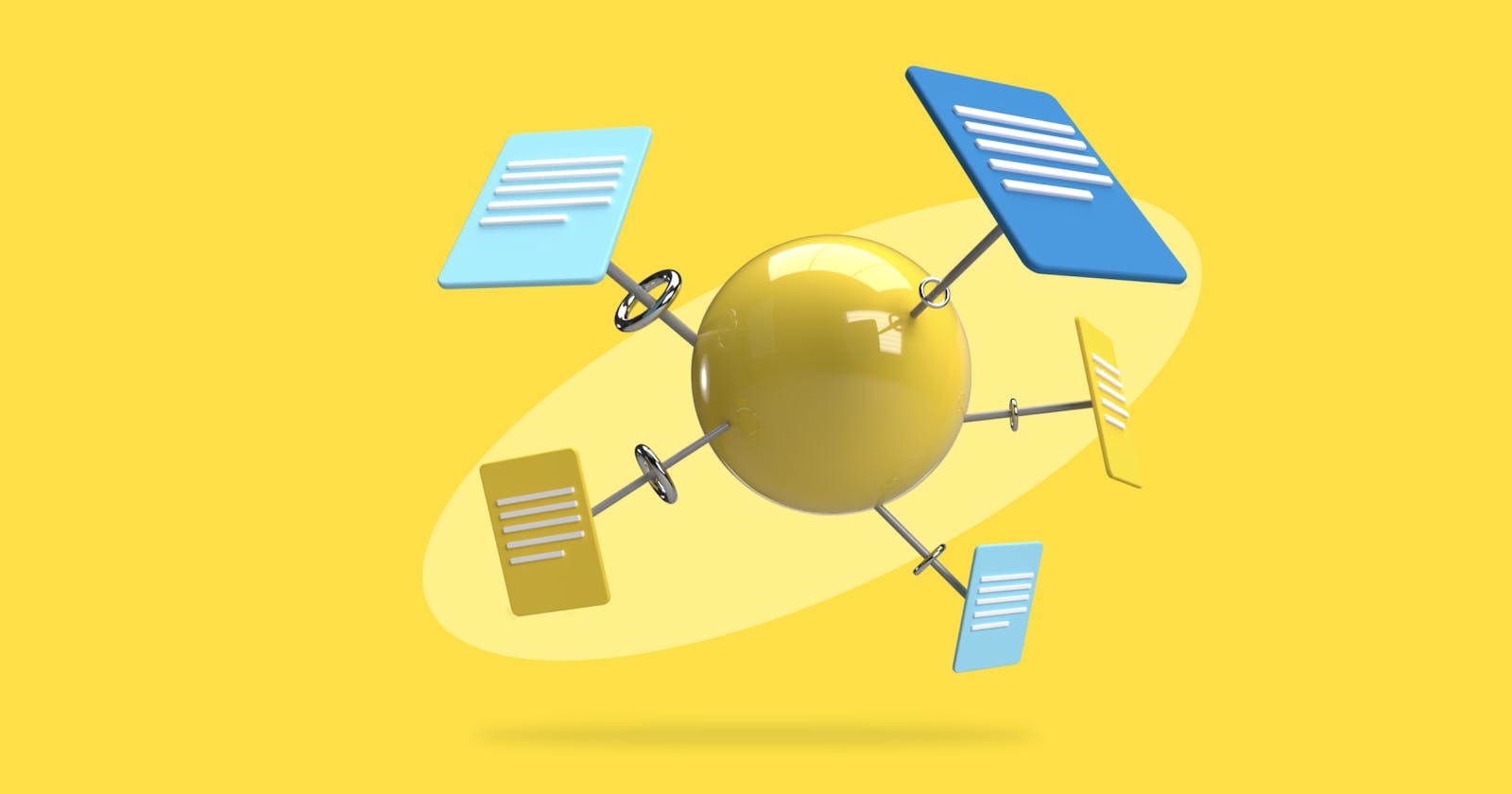Introduction
What is a distributed ledger?
How does it work, and how is it different from blockchain?
These are some of the questions we will be answering in this article.
Web3 is very new.
There are a lot of confusing terminologies and buzzwords, and overall, there is a profound asymmetry of knowledge.
Being able to distinguish key terms and understand difficult concepts will put you ahead of the curve in the web3 space.
Perhaps the most important concept in web3 is the idea of "decentralization." If you can understand how it's achieved, a lot of other concepts become trivial.
With that in mind, let's explore the technology that makes decentralization possible in web3.
The distributed ledger.
What is a distributed ledger?
A distributed ledger is a database that is used by multiple participants, and is shared and synchronized across many different locations, institutions, etc. Basically, you can think of a distributed ledger as a decentralized database of sorts.
The basic protocol of a distributed ledger is that:
- Anyone can add to the ledger (in most cases).
- Only signed transactions are valid.
- No one can overspend.
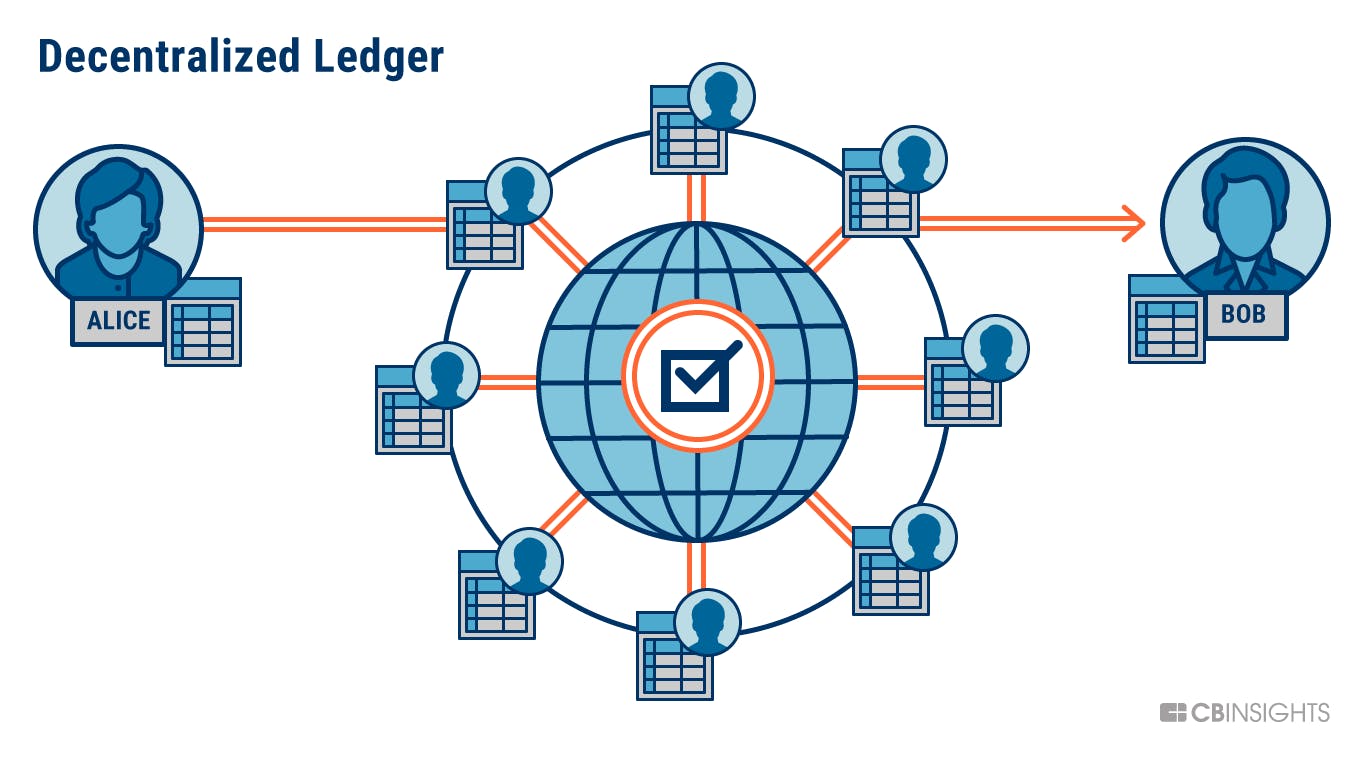
The point of having a distributed ledger is so that people can share assets with each other in a peer-to-peer fashion. What that means is that two people can send each other money without having to go through a third party.
But how does that work? Having a third party verify your transactions is very useful. It ensures that you cannot get scammed or taken advantage of by the person you are transacting with.
For example, if you are buying a house with your bank you can be sure that the person selling you the house isn't scamming you — As long as you follow the bank's protocol, you are most likely going to get the house. And if you don't, the bank is responsible.
Now picture trying to buy a house without a central figure (e.g. the bank). Imagine if it was a peer-to-peer system. If you were to pay 800,000 USD to the house owner, what is to stop them from turning around and saying "you never paid me, I'm keeping the house"?
For a peer-to-peer system to work, we would need a way for transactions to be logged and verifiable. That is where the distributed ledger comes in.
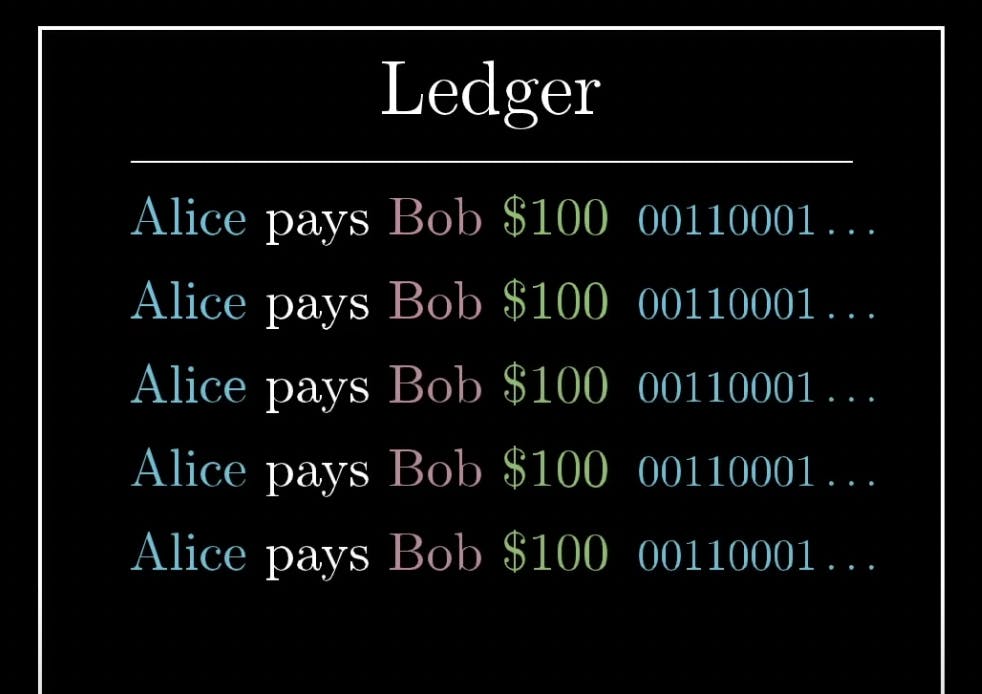
A distributed ledger acts as a "record" of transactions that multiple users share. Everyone can see the ledger as it is synchronized across many different locations. So there are no doubts about who owns what.
Again, you can think of a distributed ledger like a decentralized database. Everything is public. Anyone can add to it. And everyone who looks at the ledger can read and verify that you own the house.
Another key feature of a distributed ledger is that every transaction is signed cryptographically. Keep in mind that in a centralized model, you would need to login and verify your identity before being allowed to spend money. The bank, using a combination of your pin and card number, would verify and secure your transaction.
Distributed ledgers do not use card numbers and pins to verify your transactions. Instead, in a distributed ledger, anytime you want to move assets across the ledger, your cryptographic signature is required.
This is important because it prevents malicious users from committing fraud and spending other people's money.
So in short, in a distributed ledger, there is some record of transactions, and each of those transactions has to be cryptographically signed. Additionally, anyone can see the ledger, and in most cases, anyone can add to the ledger. Those are the basics of a distributed ledger.
What is a Blockchain?
You can think of a blockchain as a type of distributed ledger. What makes it different from other distributed ledger technologies is its data storage (among other things).
Interestingly enough, blockchain distributed ledger technology actually stores data in "blocks" and "chains".
Meaning that data is packed into groups of transactions called blocks, which are connected to each other by chains (i.e. pointers).
These transactions could be transferring assets across the network, or updating the state of the blockchain.

Similar to regular distributed ledgers, the blockchain is decentralized. Meaning that instead of having one central location where data is kept, you instead have data stored on multiple computers (nodes) across the globe.
By storing data in this way, the blockchain is able to function in a way that makes it probabilistically impossible to modify or hack. If you want to modify data on the blockchain, you'd have to modify it in a way that changes the data for every single node on the network.
This is really hard to do because of consensus protocols and gas fees.
Blockchains were popularized in 2008 with the release of the Bitcoin network. An anonymous person (or group) named Satoshi Nakamoto created a network that allowed assets to be shared in a peer to peer fashion, without the use of a central authority.
Overtime, the design of Bitcoin would inspire other, arguably more capable networks to be created, like Ethereum.
Blockchains always start with what is called a genesis block. The genesis block is the first block to ever be mined on a blockchain.
Bitcoin's genesis block was mined in 2009 when the public network launched.

Notice the use of the word "mined". In order for new blocks to be added to most blockchains, blockchain miners must use their time and computation power to process new incoming transactions and produce new blocks.
This is referred to as mining. What this looks like in real life is people (or groups) using their computers or specialized equipment to validate groups of transactions on specialized computer applications like minerstat.
Blockchains that require mining in-order to add blocks to the blockchain operate under what is called a proof-of-work (PoW) model.
Consensus protocols, blocks and chains, proof-of-work, genesis blocks — all of these mechanisms aren't typically found on other distributed ledgers.
They are unique to blockchains. Despite this, you'll often find people using the terms blockchain and distributed ledger interchangeably.
Even self-proclaimed blockchain "gurus" will preach about how blockchain is the future yet still make this simple mistake.
So next time you are in a conversation with a blockchain maxi, bring up the topic of distributed ledger vs blockchain, and see if they really know their stuff.
Why is it important that blockchain have a distributed ledger?
No matter what craft you are pursuing, in order to truly understand a topic, you must ask yourself a very important question: Why?
Why are things done in a certain way?
If you are an athlete, you might want to know why a certain playstyle is superior. If you are an actor, you might want to know why a certain performance invoked emotion.
The same thing is true with development. In order to truly master blockchain technology, you must understand why things are the way they are.
The reason why it's important that blockchain uses a distributed ledger is because distributed ledger technology solves key problems. What are these key problems? Let's do a thought experiment.
I want you to imagine that you are making your own blockchain from scratch. Let's call it Yokchain.
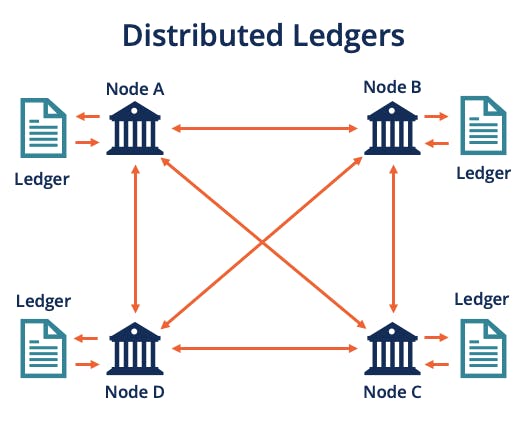
In order for Yokchain to be successful, you'll have to solve a number of issues. Let's list these issues and address them, and hopefully, by the end of this exercise, you will see why Yokchain needs distributed ledger technology.
Problem #1: You need a way to make sure people are who they say they are.
The first issue to solve is to make absolutely sure that people are spending their own money. You don't want Jeff spending Bob's money and vice versa. In a centralized model, you'd log into your own account and validate your spending with a central web server; that web server would be governed by some company, and that company would be responsible for the security.
The problem here is that blockchain is peer-to-peer. There is no central authority to validate and secure transactions. So how do you secure transactions? How can Yokchain solve this problem?
The answer is with a distributed ledger. You see, distributed ledger technology validates and secures transactions with cryptography. Essentially, in-order for Jeff to spend Bob's money, he needs Bob's cryptographic signature. Due to the nature of cryptography, finding that signature would be very difficult, and each of Bob's transactions would need to have their own separate cryptographic signature. Thus, Yokchain can make sure people only spend their own money using the cryptography present in a distributed ledger.
Problem #2: You need to prevent overspending.
The second issue to solve is to make absolutely sure that people aren't spending more than they have. You don’t want Jeff to try to buy a million-dollar house on Yokchain when he only has twenty bucks. In a centralized model, you'd have a central authority track the balance of Jeff's bank account.
The problem here is that Yokchain is peer-to-peer. It does not operate under a centralized model. So how do you track the balances of every account accurately without a central authority keeping track of account balance? The answer is with a distributed ledger.
This is a simplification, but by knowing the history of transactions that a user makes, we can track their account balance on the blockchain.
But how do we track the history of transactions? The answer is with a distributed ledger. A distributed ledger keeps track of the spending history of its users without needing a single central authority.
Asides from solving these key issues, distributed ledger technology also tackles a lot of centralization issues. For example, a central entity cannot wipe your life savings on a whim. There is also greater security because there isn't a single point of failure. Attacking a single bank is one thing, but when your funds exist on a ledger that is distributed onto millions of computers, it's a lot harder to hack you without some sort of phishing scam.
There is also the added benefit of having an "immutable trail". You can always check someone's transaction history on the blockchain, meaning that if you know someone's address, you will have a solid record of their activities on that account. Again, all of these features are possible with distributed ledger technology.
I hope you can now appreciate why it's important that blockchain has a distributed ledger.
Are Blockchain and Distributed Ledger Different?
Are automobiles and Teslas different? Yes. A Tesla is an automobile, but an automobile doesn't specifically have to be a Tesla. An automobile can be a minivan or a cheap car.
In the same way, a blockchain and a distributed ledger are different. A blockchain is a distributed ledger, but a distributed ledger doesn't have to be a blockchain.
A blockchain needs to store data in blocks, but a distributed ledger has no such requirement. A distributed ledger doesn’t need to be regulated by proof-of-work, whereas many blockchains do. A distributed ledger in theory could offer a better scaling solution than proof of work, depending on which solution you went with.
To sum it up, what you need to know is that all blockchains are distributed ledgers, but not all distributed ledgers are blockchains.
Many people use these terms interchangeably, but they are not interchangeable. And therein lies the problem with web3. There are a lot of terms that not everyone is familiar with, which causes people to throw around words they don't understand. And because there is this asymmetry of knowledge, naive people can buy into misinformation disguised as "the future", and get scammed. Unlike with older fields of tech or business, the scammers aren't as easy to detect purely because knowledge is so scarce.
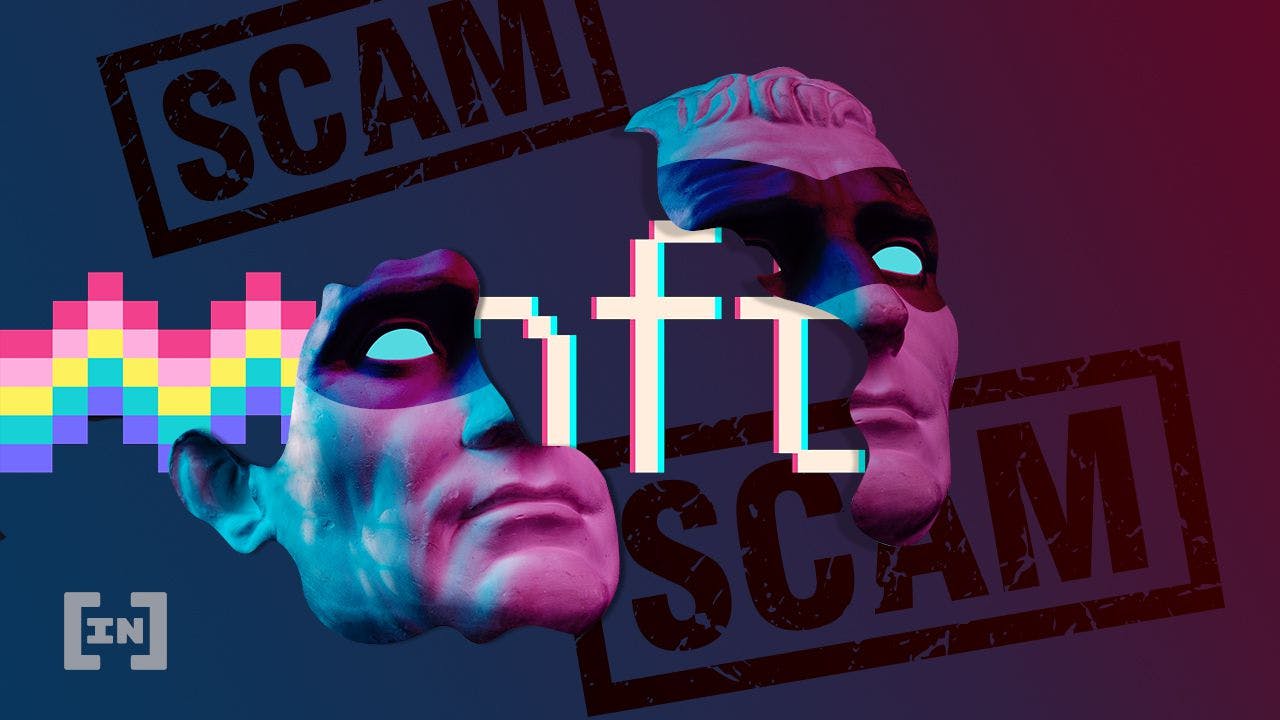
If someone was trying to get you to buy into their business, and they used the words "profit" and "sales" interchangeably, you'd probably ask them to be clear with how much money they are making. But in web3, important terms are often used incorrectly and interchangeably in order to make a sales pitch, which is part of the reason why scams are so widespread.
Use cases
So far we have talked extensively about distributed ledger and the blockchain. We have zoomed in and really understood the fundamentals of how these two technologies work. But what are the use cases? Let's explore them briefly in this section before we conclude the article.
Use case #1: Verifiable ownership of assets
We have talked about how a distributed ledger tracks the "history of transactions". What this means is that, at all times, you have the ability to see who has purchased what. It is all recorded on the ledger.
This is actually the key concept behind NFTs. Because the ledger records who has purchased what, we have a way to verify the ownership of assets. As long as you have a way to view the asset, you should be able to see who owns it via the "history of transactions," recorded on the ledger.
This is actually quite revolutionary because it creates an early blueprint for digital ownership. Although NFT monkey jpegs being sold for millions has been critiqued by many people, the NFT community at large has been an invaluable testing ground for what will inevitably become the mainstream ownership of online assets.
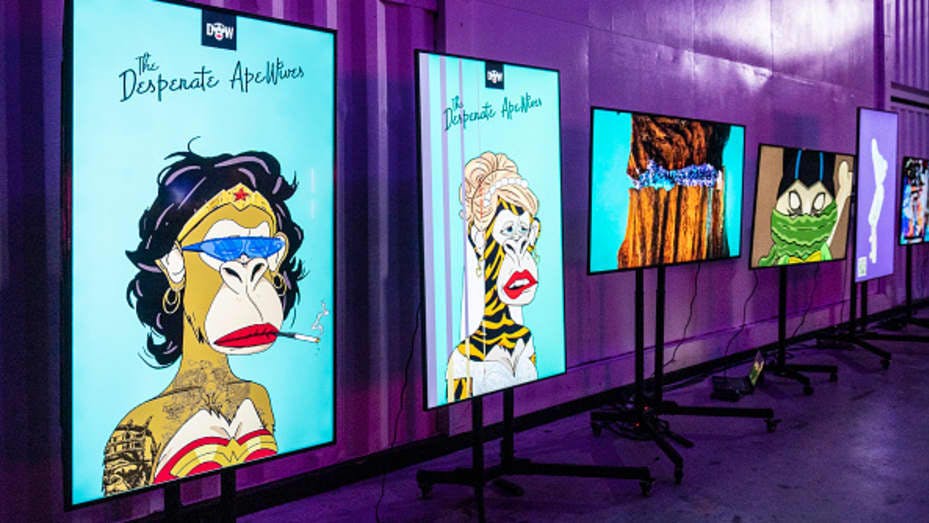
Use case #2: Metaverse
If distributed ledger gives you the ability to digitally own assets (NFTs) and digitally spend assets (cryptocurrency), then you have essentially captured two important aspects of human society into the online world: ownership and economy.
This is the key concept behind the metaverse. Now that you can own things in a digital world, and spend digital currency... Can younow "live" in a digital world? Or if not live, then feel a strong connection to it? Perhaps a connection rivaling your connection to the real world?
The answer to that question is heavily debated about, but this is essentially the core concept of the metaverse. It is interesting to see how the adoption of distributed ledger blockchain technology has taken us to this point.

Use case #3: Decentralized Governance
If we can verify the ownership of assets, then we can also verify the ownership of votes. Why? Because a distributed ledger's "history of transactions" makes it possible to record transactions. They are all etched into the ledger. So as long as these votes are transactions, we can verify that your vote hasn't been tampered with. Because these votes (a.k.a transactions) are all recorded on the ledger.
That is basically the key concept behind decentralized governance (e.g. DAOs). Members are brought on and are able to vote on important decisions by making voting transactions to the blockchain. These voting transactions are all recorded on the ledger.
There are still issues of centralization. For example, who is deciding what is being voted on? But nevertheless, it is an interesting application of distributed ledger technology.
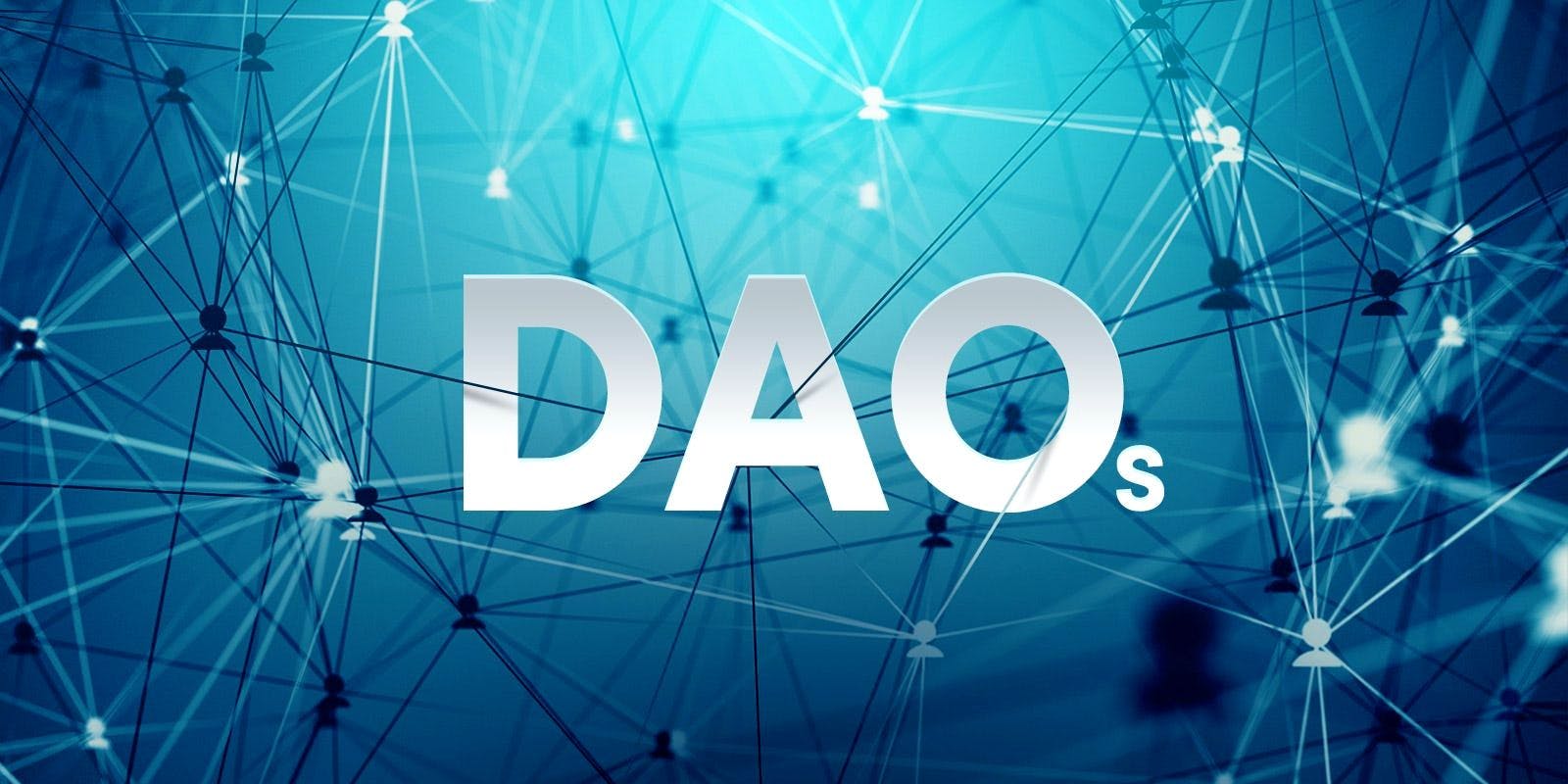
I'm hoping that you can see a trend in these use cases. As long as there is a "history of transactions" supported by the ledger, anything you can think of that requires users trusting each other (i.e. peer-to-peer collaboration) can theoretically be a use case. Voting and ownership can be facilitated through a distributed ledger. So can spending. And if you can combine these use cases, you can start to see interesting things like the metaverse being formed.
After reading this article, you should be able to form your own personalized use cases. Perhaps you can implement some kind of supply chain tracking system using the blockchain. Or maybe you can invent some way to combat counterfeiting with NFT technology.
In web3, everything is being invented right now. The most profitable projects start off as simple use cases. Now that you have a greater insight into the web3 space, you should be able to come up with your own ideas, or at the very least, see the logic behind emerging innovative projects in the web3 space.
Conclusion
In short, distributed ledgers and blockchain are different. A blockchain is a distributed ledger, but a distributed ledger does not have to be a blockchain.
Simply put, the blockchain is a type of distributed ledger.
Blockchains are often characterized by their data storage. Data in the blockchain is stored in blocks. Whereas a distributed ledger is more of an abstract concept that can have multiple implementations.
Incorporating distributed ledger technology into blockchains has many benefits:
- Enables decentralization
- Greater security (via cryptography)
- Creates an immutable trail
Now that you know the difference between distributed ledger technology and blockchain technology, you can test blockchain "gurus" to see if they really know their stuff.

